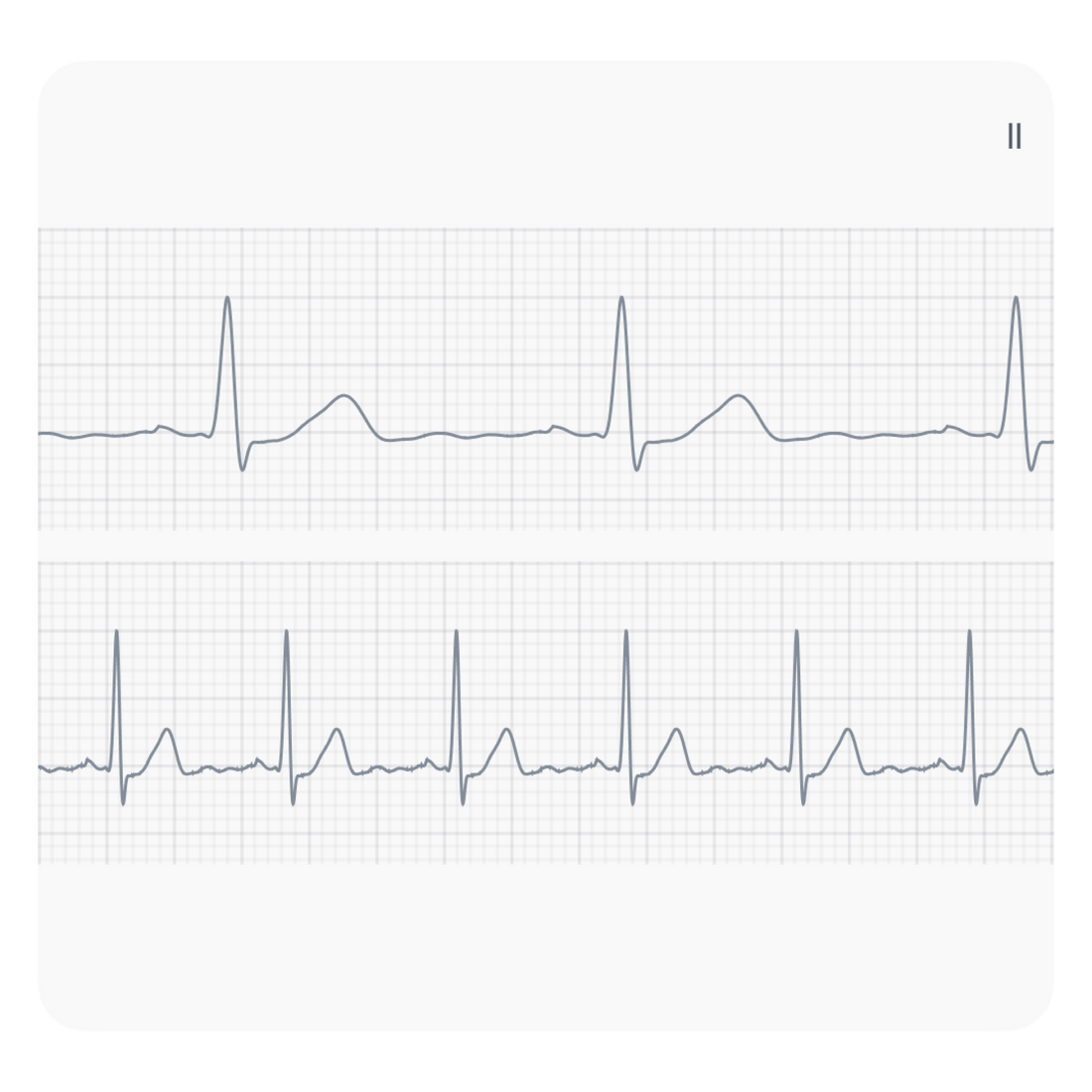Arrhythmia Summary

Overview
An arrhythmia is an irregular or abnormal heartbeat. Arrhythmias occur when changes in the electrical impulses cause the heart to beat irregularly, too fast, or too slowly. When a heart beats too fast, the condition is called tachycardia. When a heart beats too slowly, the condition is called bradycardia. Arrhythmias can be defined by the site of origin (ie. ventricular, supraventricular), mechanism of disturbance (ie. fibrillation, re-entry, automaticity), electrocardiogram appearance, and rate of disturbance (tachycardia, bradycardia). An electrocardiogram is the most common investigation used to diagnose an arrhythmia.

Bradycardia
Bradycardia is an arrhythmia defined by a slow heart rate, which is less than 60 beats per minute (BPM) in adults. Bradycardia can be caused by cardiac conditions, such as ischemic heart disease, vascular heart disease, and valvular heart disease, or non-cardiac conditions, such as electrolyte disturbances, recreational drug use, and autoimmune conditions. A slow heartbeat can cause symptoms of fatigue, light-headedness, weakness, and even syncope. Bradycardia may be normal during sleep, or in young athletic individuals.

Tachycardia
Tachycardia is an arrhythmia defined by a fast heart rate, which is greater than 100 beats per minute (BPM) in adults. Tachycardia may cause dyspnea, lightheadedness, palpitations, chest pain, and syncope. If left untreated, it can cause heart problems that may lead to heart failure, stroke, and even death. Tachycardia is caused by a wide range of conditions, drugs, and activities that disrupts the electrical impulses of the heart. Tachycardia may be normal during exercise or stress.
Medical Advice Disclaimer
DISCLAIMER: THE CONTENT SET FORTH HEREIN DOES NOT PROVIDE MEDICAL ADVICE OR IS AN ATTEMPT TO PRACTICE MEDICINE
The information, including but not limited to, text, graphics, images, and other material contained on this website are for informational purposes only. No material on this website or document are intended to be a substitute for professional medical education, advice, diagnosis, or treatment.